In this short series of blogs, I'm going to take you through the 3 main elements you should be aware of when shooting photography, whether it's with your Drone, a DSLR or even your mobile phone. The most significant step to shooting better photography is switching your camera settings off automatic and start to understand the 3 critical settings of your camera that affect exposure.
In this article, we'll take a look at the ISO, how you should correctly use it to expose your images and how when used incorrectly can be detrimental to the quality of your images.
If you want to read about the shutter, click here.
What does the ISO do?
In the digital photographer's exposure armoury is the ISO, which effectively controls the sensitivity of the sensor to light. if you increase the ISO from 100 to 200, for example, you are doubling the sensitivity to light, while increasing it to 400 doubles the sensitivity again.
Controlling the ISO can be useful if you want to use a specific aperture and shutter speed pairing. It can also be used to shoot in low light situations such as night time photography.
What are the downsides of changing the ISO?
There is a downside the the versatility of the ISO. When you increase the ISO and therefore the sensitivity the camera is basically 'boosting' the signal from the sensor. This works in a similar fashion to turning up the volume on the radio which increases background static, hissing and crackles. When you increase the ISO, on a digital image non-image-forming elements appear as 'noise', which takes two main forms:
- Chroma Noise - this is an undesirable variance in colour.
- Luminance Noise - this is an undesirable variance in brightness.
These both appear as speckles throughout the image and are most noticeable in the mid-tone areas. The key thing to remember is the higher the ISO the more noise will be in your image.
Smaller sensors and ISO
Smaller sensors, particularly those in point-and-shoot cameras and smaller drones tend to produce more noise as because the sensor size is physically smaller.
Because the sensor size is smaller they collect less light to start with and therefore the signal needs greater amplification from the outset, which is emphasised when you increase the ISO.
If you want to learn more about sensor size, click here.
Conclusion
ISO is the sensitivity of the camera sensor. The higher the ISO the more sensitive the sensor is to light, however, a higher ISO can lead to more 'noise' in the image.
As a general rule, keep the ISO as low as possible, but you can use it if you need to shoot in low light conditions or if you need to use a specific aperture and shutter combination.
If your camera has a smaller sensor you may find there is more noise in your image because the camera has to work at a higher ISO.
Once you've mastered all 3 elements of exposure (aperture, shutter, iso), you can start to take more creative photographs with all of your cameras and know how to get the most out of your camera.


